Architecture is All Over was a workshop and a public symposium featuring provocative papers from emerging thinkers and challenging conversations between established scholars both within and outside the discipline of architecture. All contributions sought to offer new ways to analyze, reimagine and foment architecture’s paradoxical contraction and expansion as it both affects and is affected by a larger milieu, and is situated within a range of spatial practices.
Architecture Is All Over was organized by Esther Choi with Marrikka Trotter. It was co-presented by OCAD University, Office of the President; University of Toronto John H. Daniels Faculty of Architecture, Landscape, and Design.
D. Graham Burnett, Jill H. Casid, Esther Choi, David Gissen, K. Michael Hays, Patty Heyda, Jennifer W. Leung, Sanford Kwinter, Trevor Patt, Andrew Payne, Olga Touloumi, Marrikka Trotter, Mason White, Alexander Hilton Wood

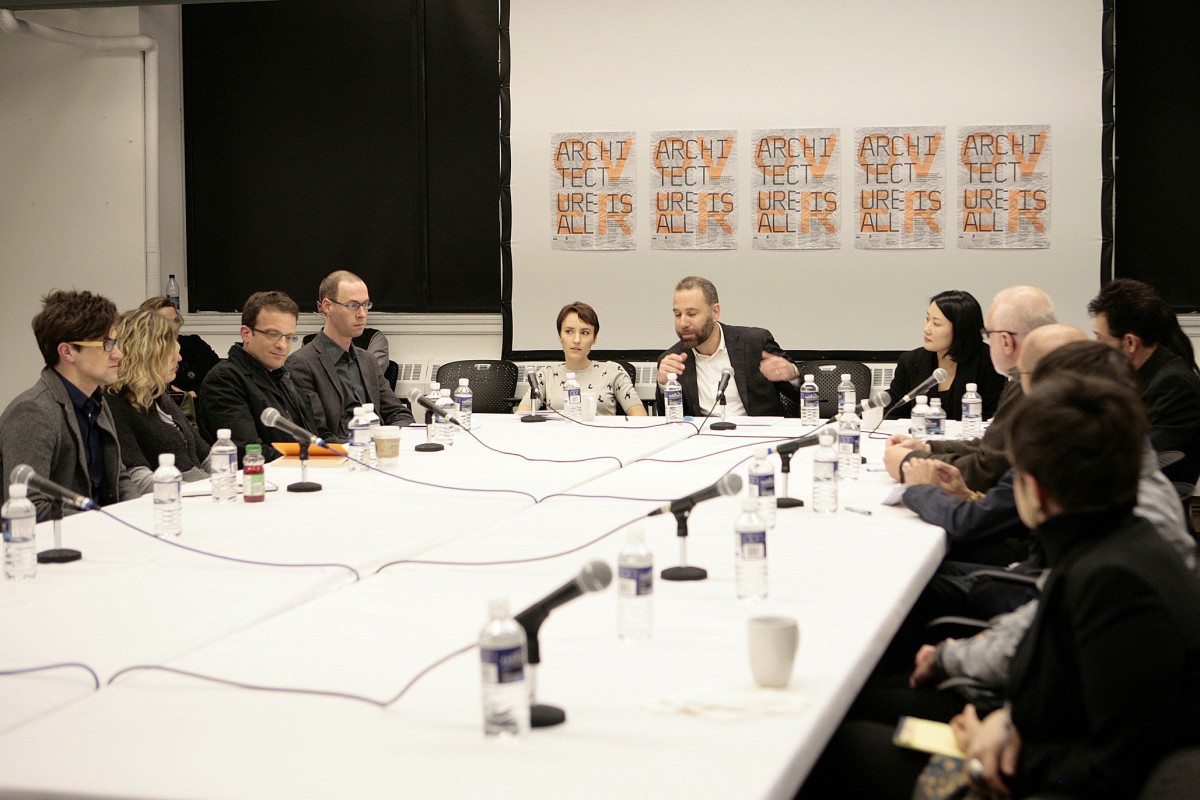
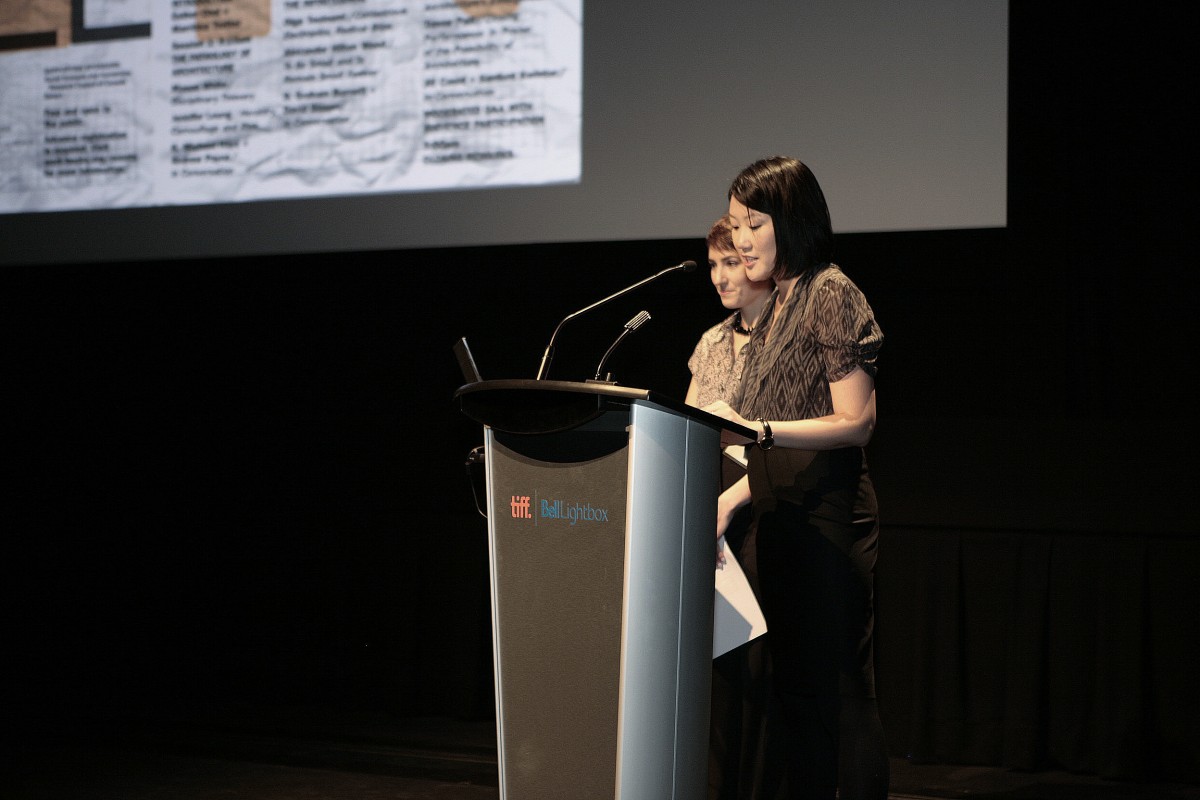
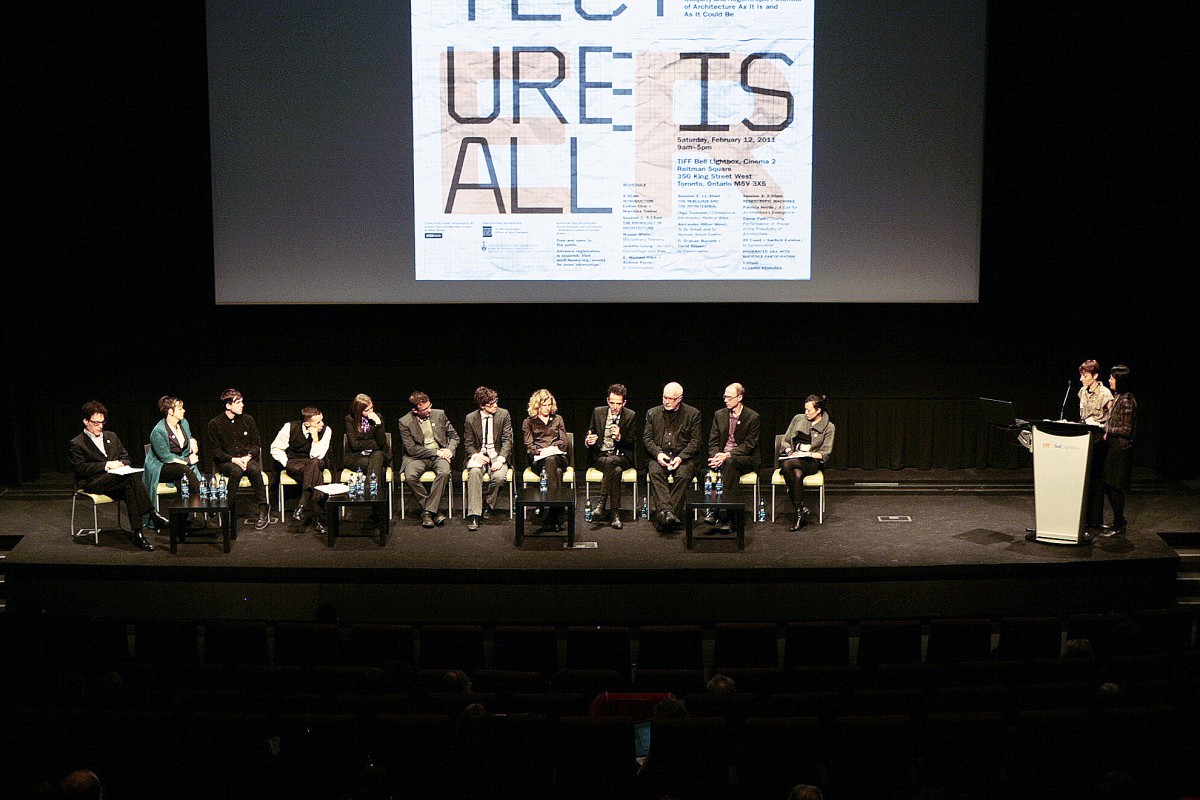
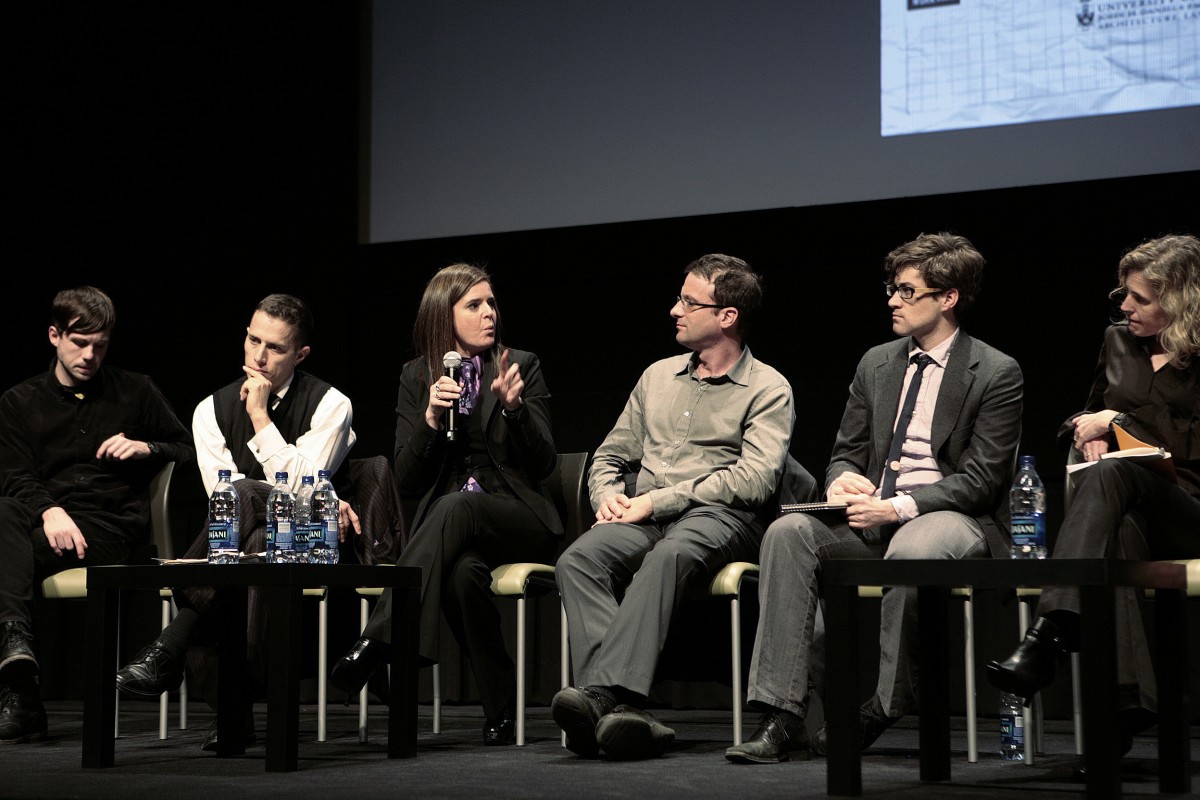
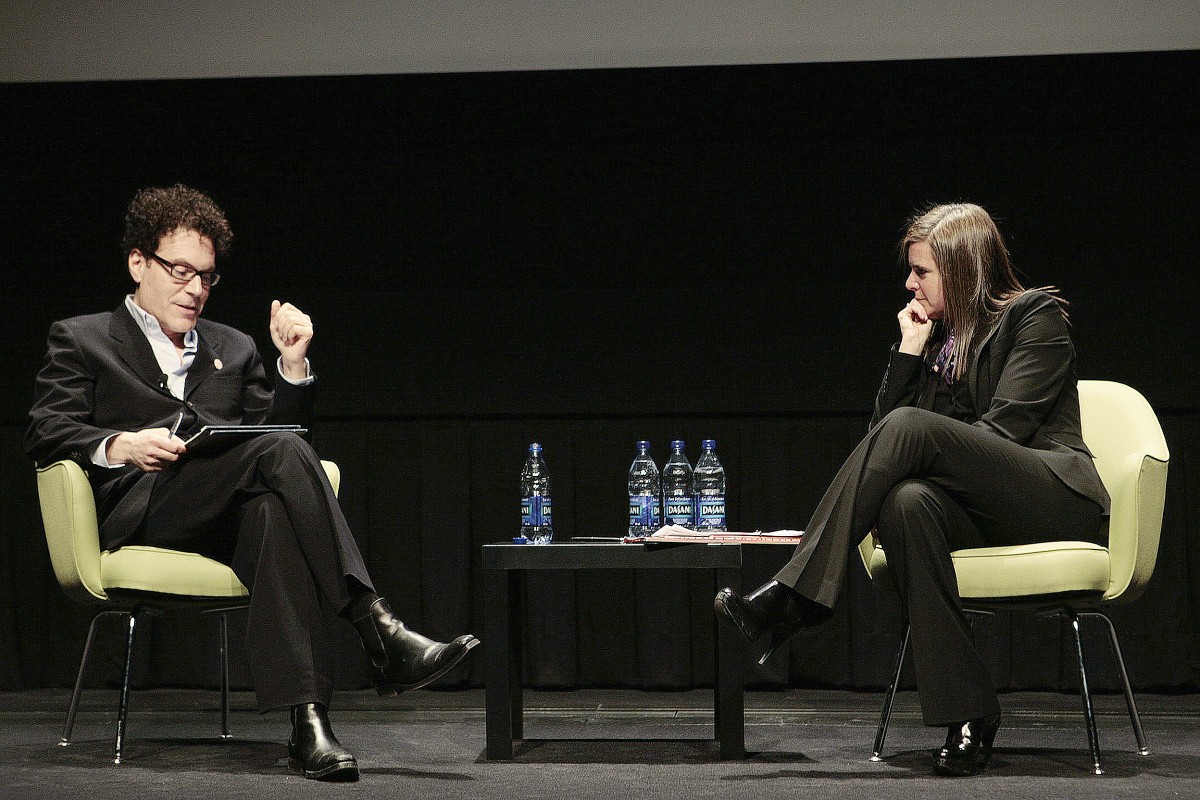
Architecture is All Over was a workshop and a one-day, international symposium featuring provocative papers from emerging thinkers and challenging conversations between established scholars both within and outside the discipline of architecture. All contributions sought to offer new ways to analyze, reimagine and foment architecture’s paradoxical contraction and expansion as it both affects and is affected by a larger milieu, and is situated within a range of spatial practices.
The first of three sessions, The Pathology of Architecture explored architecture’s (in)ability to cope with the challenges and contradictions inherent in its own indeterminate identity. Mason White (University of Toronto) discussed how other practices have poached terms and territory from architecture as a disciplinary agent. Jennifer Leung (Yale) examined the architectural responses to existential external threats and internal weaknesses, focusing on the strategies of heraldry, camouflage and risk. A psychoanalytic conversation between the architectural theorists, K. Michael Hays (Harvard) and Andrew Payne (University of Toronto) closed the session.
The Nebulous and the Infinitesimal surveyed architecture’s simultaneous tendencies to both expand and evaporate. Alexander Hilton-Wood (MIT) presented the case for smallness in architecture. Olga Touloumi (Harvard) took on the surprising power of architecture as electronic media. To conclude this session, the historian of science, D. Graham Burnett (Princeton), and architectural theorist, David Gissen (California College of the Arts), discussed alternative architectural approaches to environmental modification that recognize our dawning apperception of our agential extension.
Finally, Negentropic Machines featured speculative proposals for architecture as it could become. It included a presentation by Patty Heyda (Washington University in St. Louis) arguing for architecture’s emergence in the waste zones created by large-scale urban infrastructural development, and a provocation by Trevor Patt (EPFL) about the agonistic potential of a forgetful, generic architectural interface. A conversation between the architectural theorist, Sanford Kwinter (Harvard), and the historian and theorist of visual culture, Jill Casid (University of Wisconsin-Madison), explored how architectural discourse might formulate new, critical and interpretive vantages capable of reimagining the monstrous actions we release into the world as possibilities rather than pathogens.
Social Sciences Humanities Research Council of Canada
OCAD University, Office of the President
University of Toronto Daniels Faculty of Architecture, Landscape, and Design
Bohart